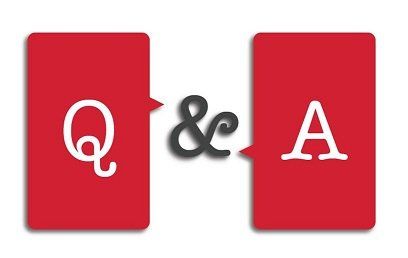Answers to the 5 Biggest Content Marketing Questions We Get
Regardless of your company’s industry, content marketing continues to be the marketing activity at the top of every organization’s list. We must recognize, though, that content by itself isn’t enough. Your business must create the right kind of information: informational solutions that positions it as a trusted informational provider regardless of the amount of resources you have.
To understand this shift in buyer behavior, the information empowered-prospect and why developing FREE content that works as marketing is critical to being relevant today. I’m going to answer the 5 biggest content marketing questions we get here at Indispensable Marketing:
Q1. Why is content marketing important for small to midsize businesses?
A1. Customers are now information-empowered and are searching for information via social media and search engines. They’re in complete control of the buying process. They have the power! Combine that with breaking through the noise and clutter to get attention is harder today than it ever has been. As a result, traditional marketing alone just isn’t enough anymore.
Q2. What are the key attributes of a small to midsize business content marketing strategy?
A2. A clearly defined and understood target audience so you can create and distribute content that focuses on their problems and desires. The other key attribute is having the end-goal be driving profitable customer action.
Q3. Where does small to midsize businesses get content?
A3. Most small to midsize businesses have plenty of content already, but it’s not in a storytelling format. Read Here: “How to Create Content that Builds Your Business” and “Content Marketing Resources For Midsize Businesses”
Q4. Is content marketing expensive?
A4. Content marketing isn’t expensive compared to buying traditional advertising in other media. But it’s not cheap either. Content marketing takes time, enthusiasm, energy, creativity and the resources to get it right. Smart small to midsize businesses integrate traditional and online marketing to achieve the holy grail: a trusting relationship with customers.
Q5. What is the biggest mistake that small to midsize businesses make with content marketing?
A5. In most cases, that mistake is lack of consistency. Most view content marketing more as a campaign than as a continuous, consistent delivery of relevant and valuable content.
Question: What would be your answer to one of these big questions? Do you have a question yourself?





